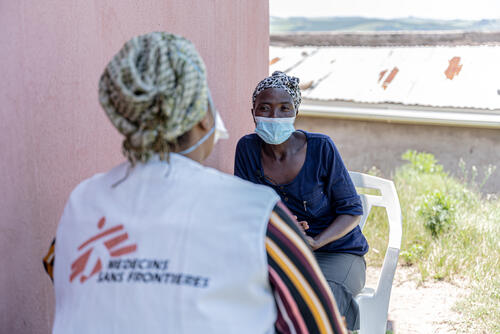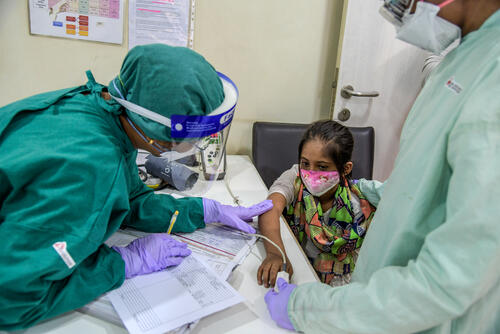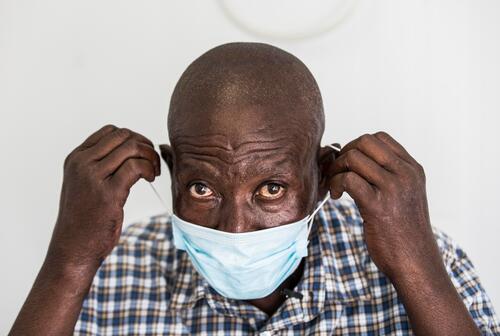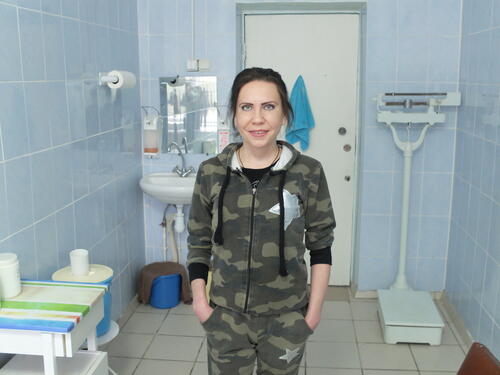Tuberculosis (TB) remains the world’s deadliest infectious disease, killing more than 1.4 million people in 2019, despite being curable. But there is hope in the fight against TB. After decades of neglect in implementation, research and development, the TB community has finally seen critical scientific breakthroughs in TB prevention, diagnosis and treatment. At the 2018 United Nations High-Level Meeting on TB (UNHLM), world leaders committed to step up efforts to tackle TB, including rolling out new innovations to diagnose and treat 40 million people with TB disease and 30 million people with latent TB infection (LTBI) by 2022. The availability of new tools and this renewed political commitment have offered a lifeline for people affected by TB and hope for success in the fight against TB.
This Step Up for TB 2020 report by the Stop TB Partnership and Médecins Sans Frontières (MSF) summarises findings from the 4th survey of national TB policies in the Step Up for TB series. This edition presents data on 37 high-burden countries (representing 77% of the global estimated TB incident cases), assessing the extent to which national policies align with international best practices based on WHO guidelines and the latest scientific research. It also reports on some of the barriers to policy adoption and implementation identified by NTPs, although it does not attempt to portray the level of implementation across all policies featured. It offers an insight into the ambitions of governments around the world regarding the care they aim to provide. These ambitions are considered in the context of countries’ global commitments and progress in implementation, as reported by WHO.






